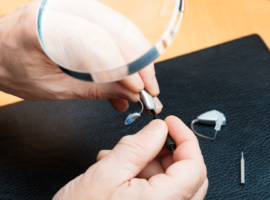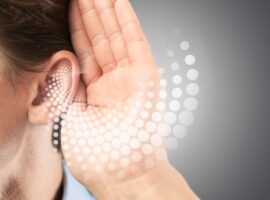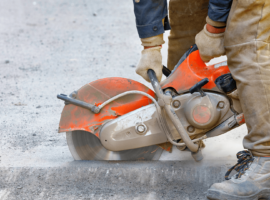Hearing aids play a vital role in improving individuals’ quality of life, allowing them to reconnect with sound and communication. However, like most devices, they can encounter occasional issues that disrupt performance. The good news is that many common problems can be easily resolved at home or with professional assistance.
How to Address Poor Sound Quality
One of the most common complaints with hearing aids is poor or distorted sound quality. This issue may arise for several reasons, such as clogged components, incorrect device settings, or even physical damage to the hearing aid itself.
Check the microphone and receiver for blockages caused by earwax or debris. These tiny parts are essential for sound clarity, but they’re prone to collecting particles from daily use. Cleaning them regularly with the tools provided by the manufacturer can often restore sound quality. Using a clean, dry cloth or a soft-bristle brush is usually recommended for safe cleaning.
If cleaning doesn’t resolve the issue, inspect the hearing aid for damage. Physical wear and tear can inhibit performance, especially when moisture or impact affects sensitive internal components. In these cases, professional repair services may be necessary.
What to Do When Hearing Aids Aren’t Producing Any Sound
When hearing aids seem to go silent, it’s often due to a simple issue that’s easily fixed. Start by checking the battery, as this is a common culprit. Batteries occasionally dislodge and lose connection, so ensuring they are properly inserted is important. When in doubt, replacing the battery with a new one often solves the problem quickly.
Another possible reason for no sound is a clogged wax guard. This small filter prevents earwax from entering the device, but it can become blocked over time. Most manufacturers have replacement wax guards. Once you swap them out, you will likely restore sound functionality.
If these steps don’t resolve the issue, the device itself might need attention. Make sure it’s powered on and not muted. If problems persist, consulting a hearing health professional can ensure corrective measures are taken.
Fixing Feedback and Whistling
Audible feedback from hearing aids, such as a whistling or high-pitched noise, can occur when sound escapes from the ear and cycles back into the device’s microphone. This issue can happen for various reasons, like improper fit, volume settings that are too high, or an obstruction near the microphone.
Begin by checking the fit of the hearing aid. A loose or ill-fitting device can cause feedback to occur regularly. Adjusting its position or using a new earmold may help create a snug and comfortable fit, which prevents sound leakage.
Dealing with Weak Battery Performance
Depleted battery life can be frustrating for anyone relying on hearing aids daily. The lifespan of batteries varies depending on the type and usage. Changes in routine battery performance should not be ignored.
If batteries seem to drain quickly, consider whether the device is being left on when not in use. If you use disposable batteries, open the battery compartment fully to “power off.” Also, consider if you have been direct streaming for a considerable amount of time.
Tips for Moisture Damage
Moisture is one of the most common threats to hearing aids. Exposure to damp environments, sweat, or accidental spills can affect their performance.
If a hearing aid gets wet, drying it out immediately can minimize damage. Placing the device in a hearing aid dryer or a sealed container with silica gel packets overnight can help remove excess moisture. Avoid using heat sources such as hair dryers or microwaves, as they may cause permanent damage.
When to Seek Professional Help
While many problems can be fixed independently, recurring issues or extensive damage often require professional intervention. Regular maintenance and check-ups with a hearing health professional can ensure the device continues to work efficiently and prevent problems from developing.
Staying Proactive About Hearing Aid Care
Most hearing aid problems can be prevented through consistent care. This consists of regular cleanings, protection from moisture, and proper storage. These are the most effective ways to keep it functioning for years to come. Repairs are more likely to be avoided by a well-maintained device.






